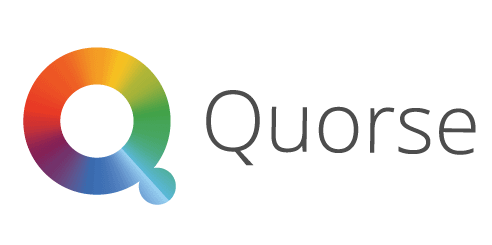The accelerating global focus on e-Invoicing as a key reporting lever by tax administrators, including the Inland Revenue Board of Malaysia (IRBM) means businesses will need to step-up on their review of end-to-end tax compliance systems and take heed of the targeted IRBM system roll-out dates.
With e-Invoicing becoming a tax obligation, businesses should fastidiously prepare their e-Invoicing systems to avert penalties and organizational risks. Businesses may consider undertaking a firm-wide collaborative approach involving key stakeholders in IT, tax, and finance, selecting the right technology solutions, leveraging on data analytics and ensuring data governance.
Module 1 – Introduction
Module 2 – Getting Ready for e-invoice
Module 3 – e-invoice Model via API
Module 4 – Data Security and Privacy Monitoring by IRBM
Module 5 – Compliance with e-invoicing
Module 6 – Implementation timeline
Module 7 – Get Ready for the e-invoicing
FREE QUOTATION!
THIS PUBLIC COURSE INCLUDES
*T&C Applies
Live chat, call or email, we’re here for you

Since its inception in 2009, Quorse, pronounced as “Kor-Say,” has been dedicated to revolutionizing the way you search for and engage with training courses.
As a comprehensive training search engine, our mission is to simplify the process of sourcing courses, making it effortless and efficient for you. Our extensive database, available 24/7, houses over 5000 courses spanning a variety of fields and disciplines.

Sign Up to Bookmark your Favourite Course
or Request for a Quotation instantly
Sign in with your social account
or
By signing up, you agree to our Terms of Use and Privacy Policy